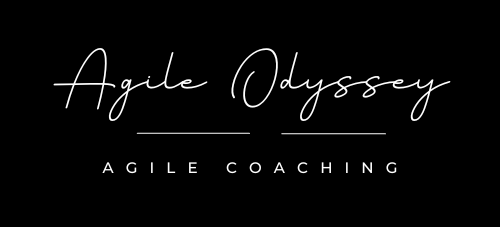In the fast-paced world of agile product development, striking the right balance between fixing bugs and rolling out new features can be quite a juggling act. It’s all about ensuring that your product evolves in line with user needs while also maintaining top-notch quality and performance. Here are some strategies I find help agile teams navigate these tricky waters:

1. Evaluating Impact and Urgency
Bug Fixes:
When it comes to bugs, it’s crucial to assess their severity and the impact they have on users. Critical issues that cause crashes, data loss, or significant disruptions should be tackled right away. Pay close attention to user complaints and feedback, as recurring issues often signal the need for immediate action. Also, don’t overlook regulatory compliance; any bugs that could lead to legal trouble should move to the front of the queue.
New Features:
On the flip side, features that add genuine value or solve pressing user problems deserve top priority. Tap into customer feedback, surveys, and market research to pinpoint what matters most. It’s equally important to consider how these features align with your product’s strategic goals and whether they provide a competitive edge in the marketplace.
2. Applying the MoSCoW Method
The MoSCoW method can be a game-changer in prioritising both bugs and features:
- Must-Have: Absolutely essential for the product’s function or compliance.
- Should-Have: Important but not a dealbreaker; can be postponed if need be.
- Could-Have: Nice to have, but not essential; we’ll get to it if time allows.
- Won’t-Have: Not on the radar for the current release.
3. Leveraging Weighted Shortest Job First (WSJF)
This framework helps you weigh the cost of delay against the job size. Think about the impact of delaying a bug fix or feature rollout, and then gauge the effort required to address it.
4. Embracing Continuous Integration and Continuous Delivery (CI/CD)
A solid CI/CD pipeline is your best friend here. Automated testing can swiftly pinpoint and resolve bugs, ensuring your code quality remains high. Plus, by releasing smaller increments regularly, you can address critical issues without causing major disruptions to your workflow.
5. Regular Backlog Refinement
Frequent backlog refinement sessions keep the most pressing items front and centre. Involve the entire team, developers, testers, and product owners, in prioritisation discussions. It’s vital to continuously re-evaluate the priority of bugs and features based on fresh data and user feedback.
6. Balancing Immediate and Long-Term Goals
It’s wise to carve out time in each sprint to tackle high-priority bugs, keeping your product stable and reliable. But don’t lose sight of the long-term vision, set aside time for developing new features that align with your strategic goals.
Integrating Release Planning into Prioritisation
Release planning plays a pivotal role in the prioritisation process within agile teams. Aligning bug fixes and new features with your release schedule can ensure smooth development cycles and steady product evolution. Here’s how to weave release planning into your prioritisation approach:
1. Grasping the Release Roadmap
A well-defined release roadmap lays out a clear timeline for when features and fixes are due. This should align with your overarching product strategy and business goals. By keeping this roadmap in mind, teams can better prioritise tasks that sync with upcoming releases.
2. Timing and Urgency of Bug Fixes
Critical Bugs:
Address any bugs that significantly disrupt functionality or user experience right away, particularly those affecting imminent releases—security vulnerabilities and major performance issues top the list. Ensuring these fixes are handled promptly keeps your product reliable and your users happy.
Non-Critical Bugs:
Less pressing bugs can wait until later releases, allowing the team to focus on delivering new features or critical fixes that align with immediate goals.
3. Feature Planning and Release Phases
Short-Term Features:
Features set for the next release should be prioritised. These might include enhancements based on user feedback or critical market demands. Aligning these features with your release plan ensures the product meets current user needs.
Long-Term Features:
Features earmarked for future releases can take a back seat, allowing your team to focus on current commitments. These often involve larger, more complex tasks that require thorough testing and considerable effort.
4. Release Readiness and Quality Assurance
Make sure to prioritise regression testing for bug fixes to catch any new issues. This becomes increasingly crucial as the release date approaches. Maintaining high-quality releases builds user trust and lightens the load on post-release support.
Feature Completeness:
Ensure that all features planned for the current release are fully developed, tested, and ready for integration. If they can’t be wrapped up in time, it’s better to defer them to the next release than risk disrupting the user experience.
5. Stakeholder Alignment and Communication
Keep stakeholders in the loop about your prioritisation decisions and how they affect the release plan. Transparency is key; it fosters understanding and can ease any tensions around task prioritisation. Regular progress updates and feedback integration are essential to ensure that your plans align with user needs and business objectives.
Conclusion
Effective prioritisation in agile product teams is all about finding that sweet spot between immediate fixes and long-term goals. By evaluating impact, conducting regular backlog refinement, and engaging with stakeholders, teams can make informed decisions that enhance both product functionality and user satisfaction. Integrating release planning into this mix ensures that your development cycle remains smooth and your product continues to evolve.
